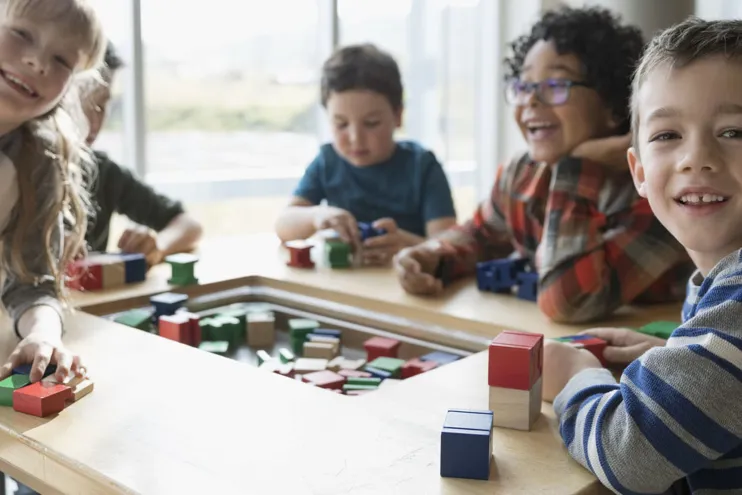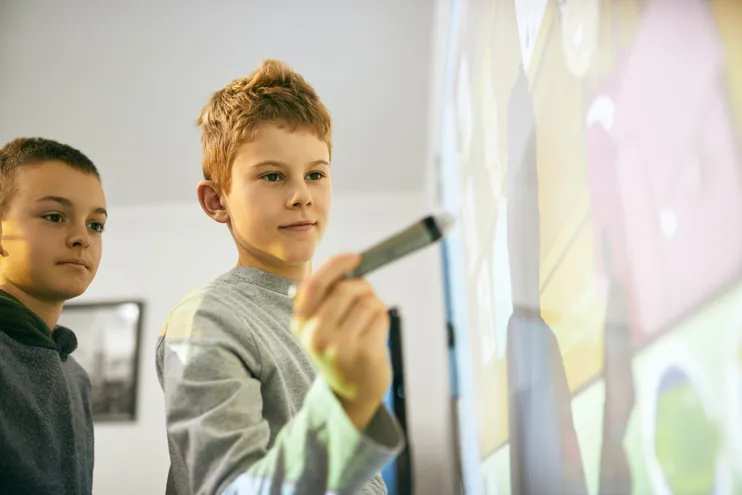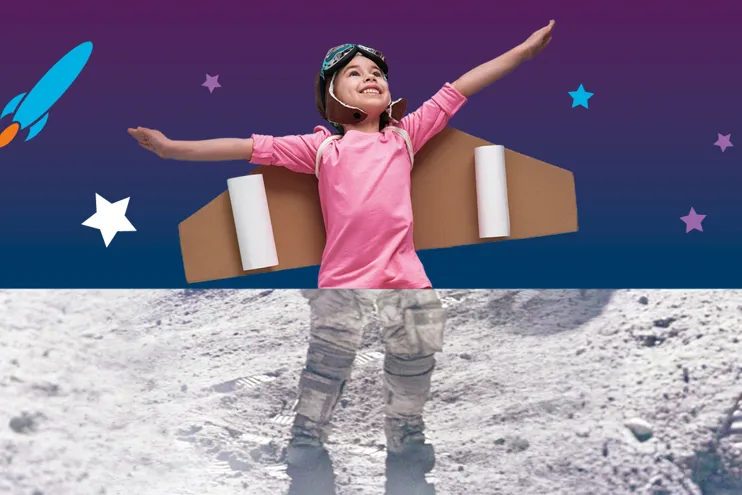DIY STEM experiment videos
We are working with STEM ambassadors, IET Education Officers, teachers and parents to bring you a range of videos that you can watch at home with your children showing you how to create some fantastic STEM experiments using everyday items found at home or simply refresh your memory on some popular lesson topics!
STEM experiment videos for you to try in school or at home
Here is a range of videos that you can watch in school or at home showing you how to create some fantastic STEM experiments using everyday items found in school/at home.
Created with our Education Volunteers, these videos will inspire you to carry out experiments with your kids and show them the awe and wonder of science and engineering – giving you some serious parent/teacher credential along the way!
Videos are listed in alphabetical order and added to as we receive more content so do keep checking back to update your knowledge and complete the next experiment.
If you are an Education Volunteer and want to create a video for us to add to this collection please drop us a line to ieteducation@theiet.org
Bacteria and viruses
Wilf Abbott explains bacteria and viruses and the differences between the two whilst showing us how to illustrate these organisms using coloured pens, paints, water and a paintbrush! See if you can paint your own at home.
Balloon experiment
In this edition of ‘Science with Bexy’ we find out how to inflate a balloon using a chemical reaction. Why not try this for yourself at home – but make sure an adult is on hand to assist at all times.
Coloured spinner
Caroline Alliston, a Mechanical Design Engineer and STEM Ambassador, explains how to make a coloured spinner mixing light from different colours. Why not have a go at making a coloured spinner yourself. All of the items required should be found within your home!
Create your own balloon buggy
Caroline Alliston, a Mechanical Design Engineer and STEM Ambassador, explains how you can make your very own balloon buggy using everyday materials found in the home. Why not give it a try?
Create your own juice carton guitar
Caroline Alliston, a Mechanical Design Engineer and STEM Ambassador, gives a fun and engaging explanation of how to make a juice carton guitar. All of the materials you will need are listed in the video so why not give it a go yourself at home? You could try it with other instruments too and set up a musical band with your friends!
Create your own magnetic compass
Caroline Alliston, a Mechanical Design Engineer and STEM Ambassador, gives a fun and engaging explanation of how to make a magnetic compass. All of the materials you will need are listed in the video so why not give it a go yourself at home?
Egg-tastic science
#MarvellousMarthy explores the properties of eggs in this fun science experiment you can do at home.
Explore and discover quadratic equations
Together we will investigate how Quadratic Equations are used in a real Engineering situation. Philip Moffitt is an IET Education Volunteer and Lecturer for MKC Training, at the Royal School of Military Engineering in Chatham. A member of the IET and passionate about engineering education and STEM learning.
Exploring cells
Dr Tamsin Holland Brown, together with her children at home, give a thorough explanation of what a cell is through sweet treats and confectionery!
Fishing for ice
In this video James Cairney shows how you can go fishing for ice from your kitchen! All you will need is some salt, a few ice cubes in a bowl of water and some thread. Have a go yourself and see if it works for you!
Floating drawing
A special edition of ‘Science with Bexy’ where you can find out how to make your drawings float! All you will need are some dry erase markers, water and a plate. As you add water, your drawing will get lifted off the plate! Bexy explains the science behind this experiment so why not take a look and then try this for yourself at home?
How does jelly work?
Wilf Abbott explains the properties of jelly that make it wibbly-wobbly!
How does the Pepper's Ghost Illusion work?
Wilf Abbott explains the Pepper’s Ghost illusion using everyday materials found in the home. Why not try it for yourself?
How temperature affects water density
In this edition of ‘Science with Bexy’ we find out how the temperature of water affects its density using only hot and cold water and food colouring. Why not try this for yourself at home – but make sure an adult is on hand to assist at all times with the hot water.
How to find out if something is acidic or alkali?
Wilf Abbott carries out an experiment using red cabbage as an indicator to find out whether something is acidic or alkali.
How to make it rain
IET Marketing Campaign Manager Kim Letchford and her son Luke carry out an experiment to ‘make it rain’ using shaving foam, water and food colouring. Why not recreate this for yourself at home?
Lava lamp
A special edition of ‘Science with Bexy’ where Bexy explains how you can make your very own lava lamp at home using only oil, water, food colouring and an effervescent tablet. Try it for yourself!
Light experiments
Dr Helen Taylor carries out a number of experiments using light including a coloured spinner, rainbow projector and mirror spoon. Why not see how many of these experiments you can recreate at home?
Making your own homemade ice cream
Follow #MarvellousMarthy in this fun video as she uses a tasty science experiment to make her own delicious ice cream!
Mass, volume and density
Together we will investigate how mass, volume and density are used at work by real engineers.
Philip Moffitt is an IET Education Volunteer and Lecturer for MKC Training, at the Royal School of Military Engineering in Chatham. A member of the IET and passionate about engineering education and STEM learning.
Mission to Mars: Build your own space colony
Dr Helen Taylor talks you through how to build your very own space colony and describes all of the materials required so that you can join in and do this at home.
Rainbow rainfall
In this edition of ‘Science with Bexy’ we find out how to make a rainbow rainfall using only food colouring, oil and water. Bexy also explains the science behind this fun and engaging experiment that you can easily recreate for yourself at home.
The light energy behind lightsabers
Dr Helen Taylor talks us through the light energy behind lightsabers and what real lasers can be used for in the modern world including laser eye surgery and 3D printing. This video refers to a number of light experiments that can be seen in the further video: Light experiments.
Trigonometric ratios tutorial
Together we will investigate how Trigonometric ratios are used in real Engineering situations.
Philip Moffitt is an IET Education Volunteer and Lecturer for MKC Training, at the Royal School of Military Engineering in Chatham. A member of the IET and passionate about engineering education and STEM learning.
Walking water
Tracy Hughes, together with her children, demonstrate the walking water science experiment where the water travels up the paper towels and the colours mix together creating new colours! All you will need to join in yourself are some small plastic cups, paper towels, food colouring in primary colours, and some water.
Why can't you make jelly with some fruits?
Wilf Abbott explains why you can’t make jelly with certain fruits. Why not follow his example and try making jelly for yourself at home. Which fruits work for you?
Why do things float in salt water?
Wilf Abbott explains the science behind why an egg will float in salt water. Why not try this experiment for yourself at home?
The Women’s Engineering Society Early Careers Board have created some STEM challenges including their paper helicopter challenge. Why not test your children to see how well they do against their parents, teachers and friends?




